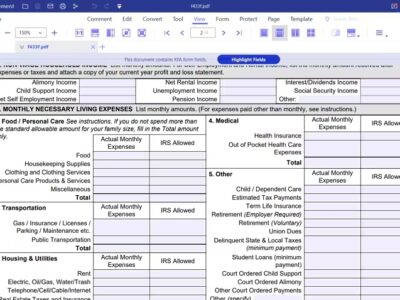
Contract for Difference (CFD) trading on market indices is a dynamic and popular approach for traders seeking exposure to broader market movements. In Singapore, a leading financial hub, CFD trading on indices has gained traction for its flexibility and potential for returns. This form of trading allows investors to speculate on the price movements of stocks representing a particular market. However, trading in indices involves complexity that requires advanced strategies to navigate effectively.
This article will explore advanced CFD trading techniques tailored for Singapore indices, offering insights into strategies to help traders make informed decisions and increase their trading skills on market benchmarks.
Understanding index components and weightage
To excel in CFD trading on Singapore indices, it’s crucial to have a comprehensive understanding of the components that make up the index and their respective weights. Market indices typically consist of a selection of stocks from various sectors that represent the overall market. Some stocks may have a higher influence on the index due to market capitalization or other factors.
By studying the composition and weightage of the index, traders can gain insights into which sectors and stocks have a significant impact on the index’s movement. This knowledge can inform trading decisions, allowing traders to focus on sectors or stocks driving the index’s performance.
Utilising technical analysis for index CFD trading
Technical analysis is a powerful tool for identifying potential entry and exit points in index CFD trading. Traders analyse historical price charts and apply various technical indicators to assess potential market movements. Key indicators such as Moving Averages, Relative Strength Index (RSI), and Bollinger Bands are commonly used in this context.
Traders pay close attention to chart patterns, which can provide valuable insights into market sentiment. Patterns like support and resistance levels, trendlines, and reversal patterns can indicate potential trend reversals or continuations. By mastering technical analysis, traders can enhance their ability to make well-informed decisions in the dynamic world of index CFD trading.
Implementing risk management strategies in index CFD trading
Effective risk management is crucial for successful index CFD trading. Traders must establish clear risk parameters for each trade, including setting stop-loss orders to limit potential losses. Traders should determine the appropriate position size based on their overall risk tolerance and the distance to their stop-loss level.
Diversification is another crucial aspect of risk management. By spreading their investments across multiple index CFD trades, traders can reduce the impact of adverse market movements. Maintaining a disciplined approach to trading, including adhering to a trading plan and avoiding impulsive decisions, is crucial for effective risk management. By implementing these strategies, traders can protect their capital while capitalising on opportunities in the index CFD market.
Responding to economic events and news
Economic events and news releases can have a significant impact on market indices. Traders should stay informed about scheduled economic releases, central bank decisions, and current events that may influence the broader market. Interest rate announcements, GDP releases, and employment reports can lead to substantial market movements.
Earnings reports from major companies within the index can affect its performance. Traders should be prepared to respond swiftly to unexpected news and events, potentially adjusting their positions or risk management strategies to account for new information. Staying informed and responsive to economic events is critical to advanced CFD trading on Singapore indices.
Utilising leverage with caution
Leverage is a powerful tool in CFD trading that allows traders to control a more prominent position size with a relatively minor amount of capital. While leverage can amplify potential returns, it can also magnify losses. Therefore, it’s crucial to use leverage judiciously and be aware of the risks involved.
Traders should carefully consider their risk tolerance and the potential impact of leverage on their trades. Starting with lower leverage levels and gradually increasing them is advisable as one gains experience and confidence. By using leverage cautiously and understanding its implications, traders can potentially maximise their returns while managing the associated risks.
With this in mind
Advanced CFD trading on Singapore indices requires a deep understanding of index components, technical analysis, risk management, responsiveness to economic events, and the careful use of leverage.
While no strategy can guarantee success, a well-informed and disciplined approach enhances the potential for lucrative trading on market benchmarks. Traders in Singapore should approach index CFD trading with diligence, discipline, and a long-term perspective, aiming to navigate the intricacies of the market with confidence and skill.











